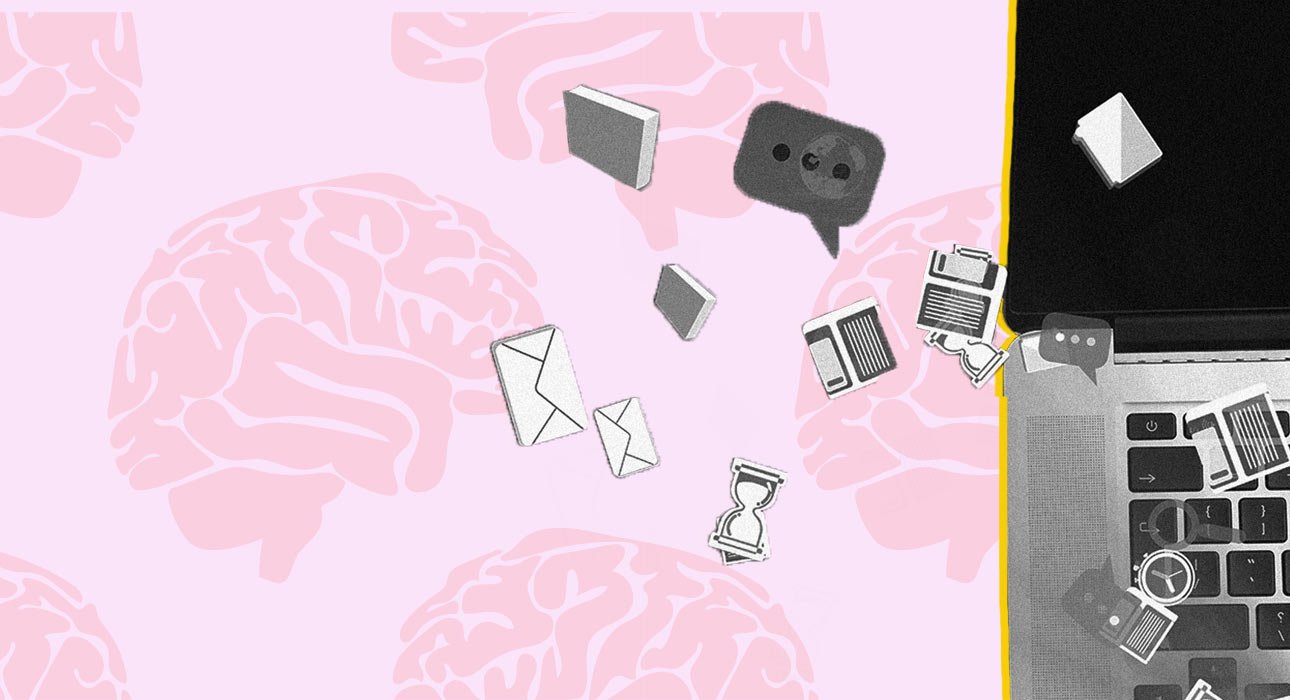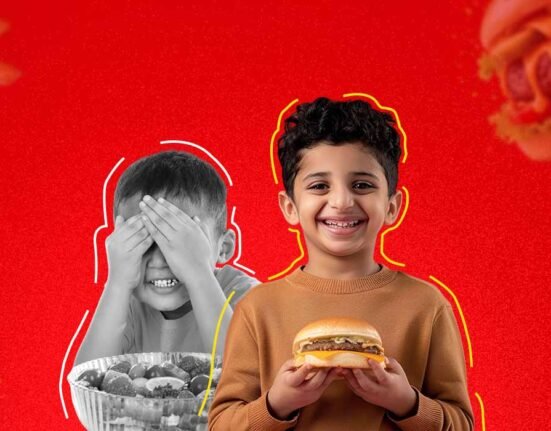Today’s adolescents have access to a variety of content. In fact, a 14-year-old today is exposed to more explicit content in a week than a modern-day adult was back in all of their teenage years. They are exposed to a variety of things that their mind aren’t ready to process or critically consume. And while exploration is, if anything, a major part of the adolescent years, not all kinds of content and novelty are harmless. We love to blame adolescents for being reckless and having a “lack of self-control”. But why does such content seem so captivating to them remains a question.
Understanding Adolescence
The World Health Organisation (WHO) defines adolescence as “the phase of life between childhood and adulthood, from ages 10 to 19.”
The American Psychological Association defines it as “the period of human development that starts with puberty (approximately 10 to 12 years of age) and ends with physiological and neurobiological maturity, shown in neuroscientific research to extend to at least age 20, with significant brain development in the late adolescent stage of 18 to 20 years.” (APA, 2023) In 1904, G. Stanley Hall famously described the period of adolescence being that of “storm and stress.”
Read More: Parenting Through Adolescence: Understanding Parents’ Emotional Struggles
The Teenage Developing Brain
- Prefrontal cortex immaturity: “Many studies across Neurobehavioral, morphological, neurochemical, and pharmacological domains suggest that the brain remains under construction during adolescence.” (Giedd et al., 1999). Sometimes, adolescents are not able to make sound decisions because of the lack of complete development of brain development.
- Neural plasticity: Plasticity of the brain or neural plasticity can be defined as “the capacity of the brain to change as a function of experience. The term plasticity in this sense was first used by William James in 1890.” (APA, 2018). A remarkably adaptive feature of the teenage brain is its adaptability, which allows exposure experiences to be impressionable and long-lasting.
Allure of novelty: Dopamine and risk
1. Reward sensitivity
Reward sensitivity is a psychological term that denotes an individual’s likelihood to be motivated by positive, desired or pleasurable activities. It is associated with pleasure-seeking behaviour. “Adolescence is a developmental period characterised by increased reward-seeking behaviour.” (Galvan, 2010). The reasoning behind this is due to the disproportionately heightened activation of the “ventral striatal dopamine circuit”, which means the increase in release of dopamine as a response to beneficial events. (Chambers et al., 2003)
2. Novelty seeking behaviour
The adolescent phase is marked by a curiosity about things unknown, even forbidden. They often engage in risky behaviours without getting concerned about their consequences (Kelley et al., 2004). This is meant to develop adaptability in young individuals to strengthen their decision-making and meet fiercely with the future circumstances head-on. However, this can also easily make them vulnerable to addictive negative patterns of behaviour, including aggression, substance use, etc, through digital media.
3. Digital amplifiers and the dopamine feedback loops
A dopamine feedback loop can simply be defined as a self-serving behaviour in which someone keeps performing a certain behaviour in anticipation of the dopamine release or pleasure feeling. In the modern age of social media accessibility to all kinds of information and content( whether positive or negative), being just a scroll away, adolescents often get indulged in these dopamine loops.
Consequences of overexposure
- Emotional dysregulation: “Several psychopathological factors are associated with the problematic Internet use, such as the closely connected difficulties in emotion regulation” (Caplan, 2002, 2010; Gámez-Guadix, 2014; Tokunaga, 2015). Adolescents often face irritability, mood swings, anxiety and other mental health issues.
- Desensitisation: It is defined as “diminished emotional responsiveness in response to repeated encounters with violence” (Funk, Baldacci, Pasold, & Baumgardner, 2004). When teenagers are continuously exposed to one kind of media, whether it be sexual content or even overtly violent behaviour, they become numb to it.
- Social comparison: Adolescents are often exposed to idealised versions of life on social media. These create unattainable standards in their own minds about their own self and their surroundings. The inaccessibility of this further results in disappointment.
- Empathy reduction: The desensitisation caused due to overexposure further affects a teenager’s ability to empathise with others’ pain and suffering. This reduces altruistic behaviour and increases self-centredness.
Read More: Social comparison in the age of Social media
Mediators and interventions
- Encouraging healthy novelty: As mentioned in the very beginning, adolescents are natural curious risk takers. But if they can be taught healthy outlets and sources to explore their identities and interests, such as creative media, volunteering, etc, it helps them be much safer and secure in their spheres.
- Role of parents and caretakers: The Adolescent period is a time of intense physical, hormonal and psychological changes. Guidance, assistance and understanding from parents and caretakers in this can be immensely helpful. Being taught and made aware of safe and unsafe things helps them distinguish between things that are and aren’t good for them.
- Digital hygiene: Digital hygiene is a modern term used to define all those actions, behaviours or sets of practices performed to maintain a healthy and secure digital lifestyle without any cyber risks. Adolescents are vulnerable to various threats through digital platforms, including cyberbullying, pornography, etc. In such cases, digital hygiene can be an effective way to reduce risks.
- Strengthening impulse control: Adolescents should be taught to master control over their own impulses. This can be done through self-monitoring, understanding and decoding on limits of a certain behaviour as well as goal setting (Duckworth et al., 2011).
Conclusion
Adolescence is a time of various changes in the body of an individual, moving from childhood to adulthood. Modern adolescents are faced with a range of challenges in all kinds of spheres, especially in the digital space. A teenager’s brain is still in its developing phases. The immaturity of the prefrontal cortex and the neural plasticity make them more susceptible to the challenges of overexposure to explicit content. Research over the years explains the reasons behind adolescents’ exposure because of the reward sensitivity, novelty seeking and dopamine feedback loops
This overexposure can actually be very harmful, causing emotional dysregulation, desensitisation, indulgence in social comparison, as well as empathy reduction. In such cases, mediation of the parents and caretakers, encouragement of healthy novelty, digital hygiene and impulse training can be a few effective ways to ensure proper development of adolescents with adequate exposure and independence in their lives.
Exposure to the world is an inevitable part of adolescent life. But doing it systematically and ensuring that they aren’t harmed can be helpful to ensure complete development in life.
Read More: The Impact of Porn on Adolescents: Exploring the Psychological and Emotional Effects
FAQs
1. Why is the adolescent mind vulnerable?
The immaturity of the prefrontal cortex and the neural plasticity make the adolescent mind much more vulnerable compared to adults.
2. What can be the consequences of overexposure?
Overexposure may lead to patterns of emotional dysregulation, desensitisation, indulgence in social comparison, as well as empathy reduction
3. How can overexposure to explicit digital content be limited?
Overexposure to explicit digital content can be limited through methods of mediation of the parents and caretakers, encouragement of healthy novelty, digital hygiene and impulse training
References +
Brain plasticity https://dictionary.apa.org/brain-plasticity
Gioia, F., Rega, V., & Boursier, V. (2021). Problematic Internet Use and Emotional Dysregulation Among Young People: A Literature Review. Clinical neuropsychiatry, 18(1), 41–54. https://doi.org/10.36131/cnfioritieditore20210104
Mrug, S., Madan, A., & Windle, M. (2016). Emotional Desensitization to Violence Contributes to Adolescents’ Violent Behavior. Journal of Abnormal Child Psychology, 44(1), 75–86. https://doi.org/10.1007/s10802-015-9986-x
Arain, M., Haque, M., Johal, L., Mathur, P., Nel, W., Rais, A., Sandhu, R., & Sharma, S. (2013). Maturation of the adolescent brain. Neuropsychiatric disease and treatment, 9, 449–461. https://doi.org/10.2147/NDT.S39776
Galvan A. (2010). Adolescent development of the reward system. Frontiers in human neuroscience, 4, 6. https://doi.org/10.3389/neuro.09.006.2010
Kelley, A. E., Schochet, T., & Landry, C. F. (2004). Risk-taking and novelty seeking in adolescence: Introduction to Part I. Annals of the New York Academy of Sciences, 1021(1), 27–32. https://doi.org/10.1196/annals.1308.003
Duckworth AL, Grant H, Loew B, Oettingen G, Gollwitzer PM. Self-regulation strategies improve self-discipline in adolescents: Benefits of mental contrasting and implementation intentions. Edu Psychol. 2011;31(1):17-26.













Leave feedback about this